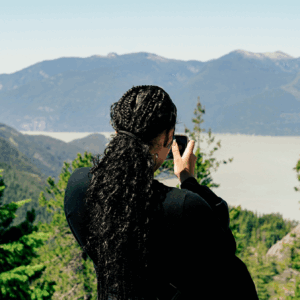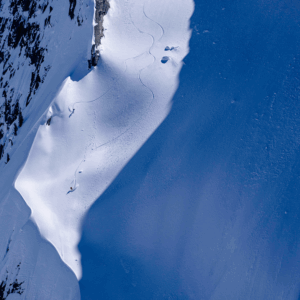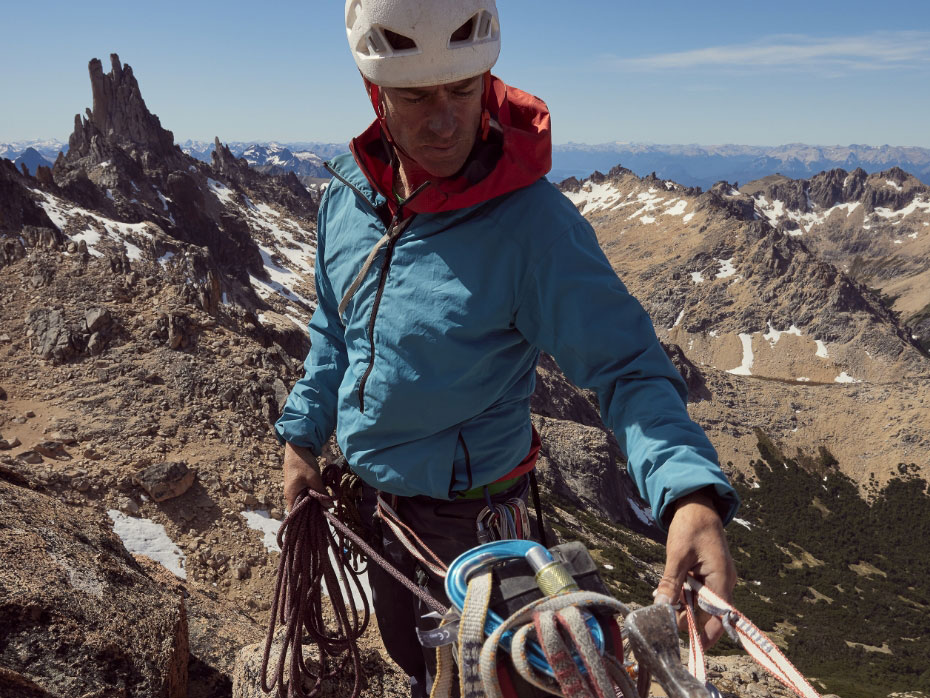
Say what you will, but nature transforms us. Move slowly, and it changes what you notice. Changes your heart. “The opportunity to open yourself up to the experience and get in touch with nature — that’s the beauty of climbing,” says Paul Mcsorley. “It makes the heart sing.”
 Open yourself up to the experience and get in touch with nature.
Open yourself up to the experience and get in touch with nature.
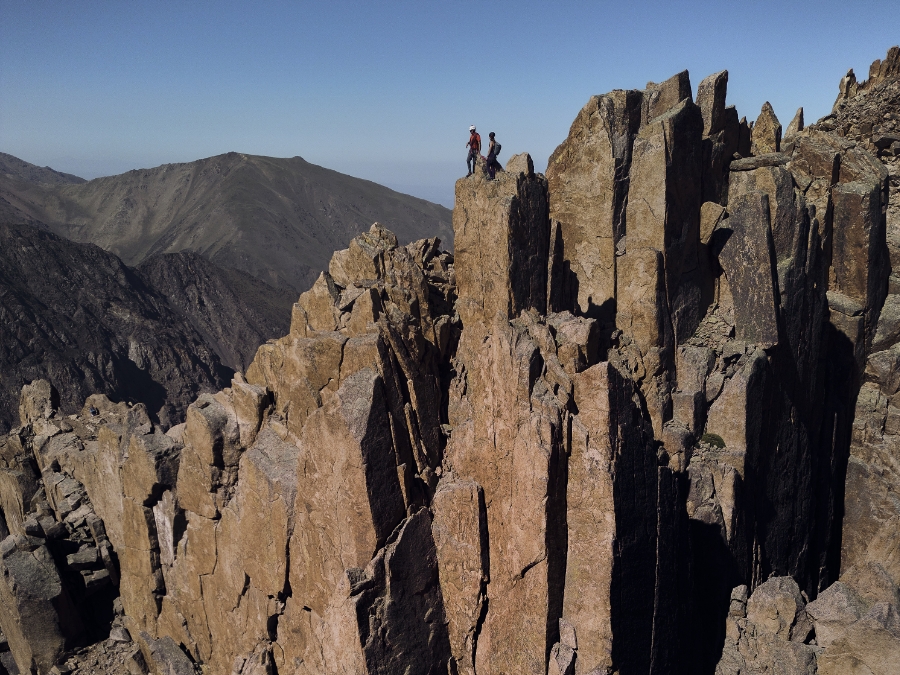
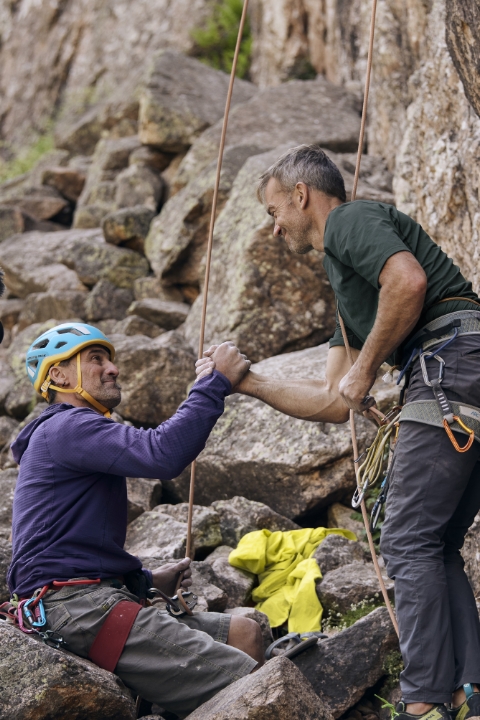
Return to a place again and again and you begin to get familiar. You understand the undulations of the land. You know the climate. You build friendships. Paul’s relationship with Argentina runs deep. His trips to the mountains, spires and granite paradises of the region began in 2001. The yellow lichen faces, splitter cracks and pocketed walls of Los Arenales and The Frey are the reason for this year’s visit. Developed by his longtime friend Nacho Elorza, Los Arenales boasts routes of all grades and styles. “The granite is good and clean. You can just drop the rope anywhere, pick a line and start up,” he says. “It’s top shelf rock.”
 The granite is good and clean. You can just drop the rope anywhere, pick a line and start up.
The granite is good and clean. You can just drop the rope anywhere, pick a line and start up.
There’s love in Paul’s voice. Some of the mountains he knows personally. He’s forged lasting friendships in these places too — the kind that pick right back up where you left off a year or two earlier. “I met Nacho on a summit in Patagonia years ago,” Paul says. When you meet a good climbing partner, it just clicks. There’s harmony, they elevate you. Mostly, it’s an unspoken understanding that you share the same values. “You find your people and you hold onto them,” says Paul. His sun-weathered eyes sparkle when he talks about community and climbing. He speaks with his hands, worn tools that carry the stories of routes and summits and emphasize how when we join ourselves with the land, we become more alive.
Crossing the river near camp on their way to a bouldering site, the water roars and sneaks above the calves. If you’re not careful, you’ll lose your balance in the small drops. The excitement of any climb begins long before the climb. Every moment leading up to it is a fragment that produces the kingdom of experience, of who we are. The water rises. Paul and his climbing partner, Martine Langelier, navigate their way across with Nacho. Tumbling invisibly below the surface, ancient stones scrape as they inch onwards to nowhere and everywhere. Down current, in a calm channel, the water holds the mountains. There’s a place where the golden light sinks to pebbles waiting on the bottom. “We need to open our eyes,” Paul says. “We need to slow down and cherish what’s right in front of us.”
The joy of climbing is everywhere but there’s a possibility of forgetting this. There’s a risk to thinking that climbing is just one thing — a grade or a route or a social media post. So often, it seems even the biggest mountains and walls are reduced to pixels. That we’ve become a world of the disconnected. That the tools that have brought us closer together have pulled us away from what’s most meaningful: Moments. Continually cut from their moorings, moments simply disappear unless we take time to notice them. And climbing, one of the best conduits for experiencing life, satisfies our hunger for connection — to time, to people, to the earth. There’s a need to return to this kind of intimacy and the kinds of experiences climbing generates. There’s a pressing urgency to immerse ourselves in the ritual of slowing down. “Enjoy what’s right in front of you,” Paul says again and again. The textures. The sounds. The scents. The friendships.
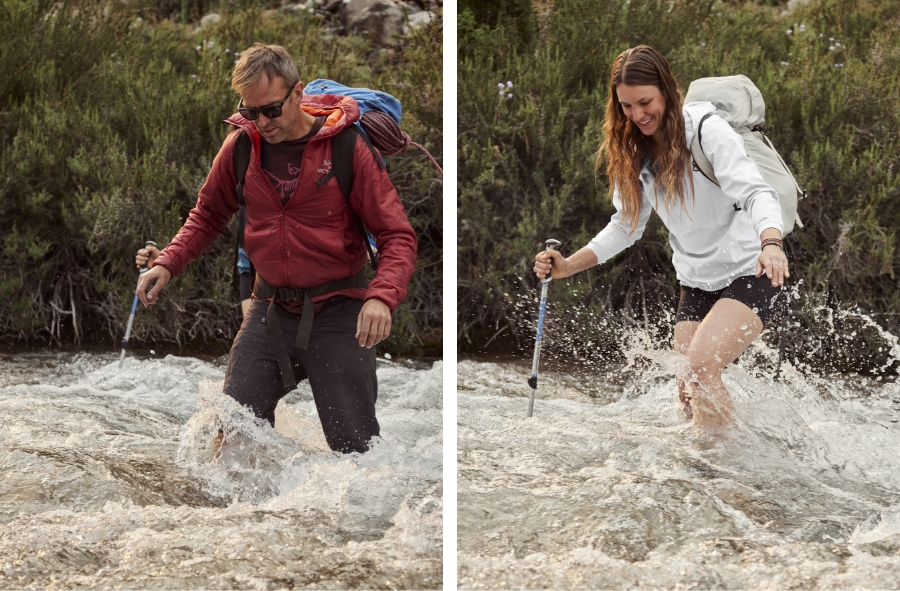
“You don’t have to tick a project or chase a number to enjoy climbing,” Paul says. While those things have meaning, they aren’t the meaning. Throw a stone in any direction in Los Arenales: You can literally pick a climb this way. A full-fledged journey, just waiting.
Above the small, stone cabin where Paul and Martine stay, wind unbraids the clouds, leaving an endlessness that beckons you beyond the next ridgeline where dreams wait. If you’re not chasing grades, climbing can take you anywhere. There’s no service. No pointless scrolling or checking emails or reading about the end of the world. There’s just Paul and Martine. The boulders and spires and granite big walls. In every direction, remoteness — and so the recipe for connection. The conversations at the cabin last late into the night. Much of what’s said centers on what comes next.
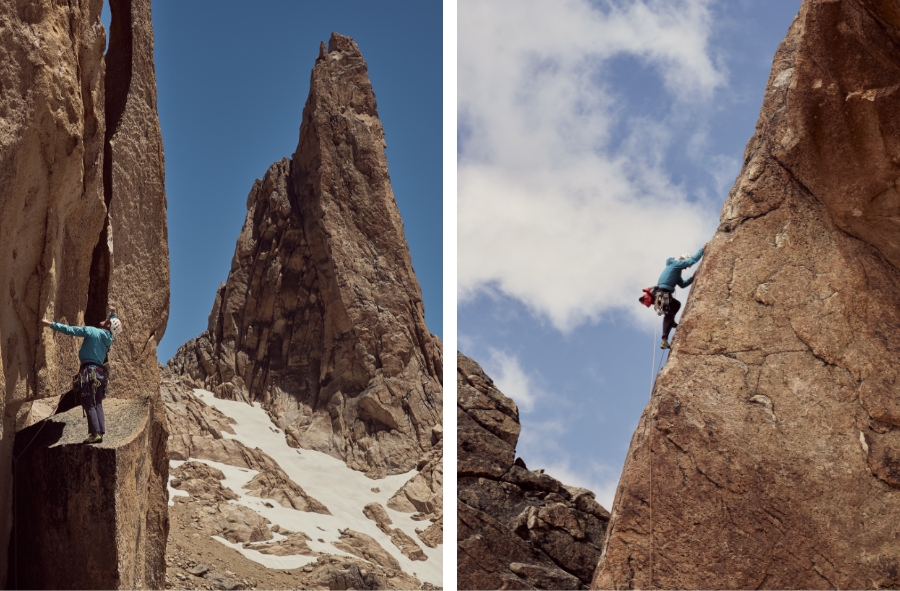
Up and up and up. Layers upon layers of shimmering gold, red granite. All afternoon Paul and Martine climb giant fissures, move over smooth granite, grip old lava veins. The dike on one route runs for eight pitches. There’s mind-blowing stemming up a groove. Another route’s varnished walls hold the sun’s late day magic. “No frowns here,” Paul laughs. “Just a wonderfully rich experience.”
Paul’s pilgrimages to the mountains are ones of progress over perfection — to be a full participant in all that surrounds every climb, fall and send. The friendships, the ache of the body, the split fingertips, the desire to find something new. Even the tragedies. Climbing as a symbol for life’s journey. Magnificent in the distance, bewildering close up, the mountains and cliffs of Los Arenales and The Frey prove that true freedom is falling down. Again and again, this is how we learn to inch our way to where we stand. How we connect with people and build friendships that last a lifetime and continue in memory. How we learn to understand the long road of progress and the commitment to one move at a time. “The knowledge I build from each trip to Argentina comes from paying attention, listening, and learning,” he says, “not from ticking a project or searching for some grade or getting one hyper-edited photo on the ‘gram.” It’s a way of life, of learning to hold onto what’s passed while continuing forward into the startling and ordinary and unimaginable.
 No frowns here — just a wonderfully rich experience.
No frowns here — just a wonderfully rich experience.
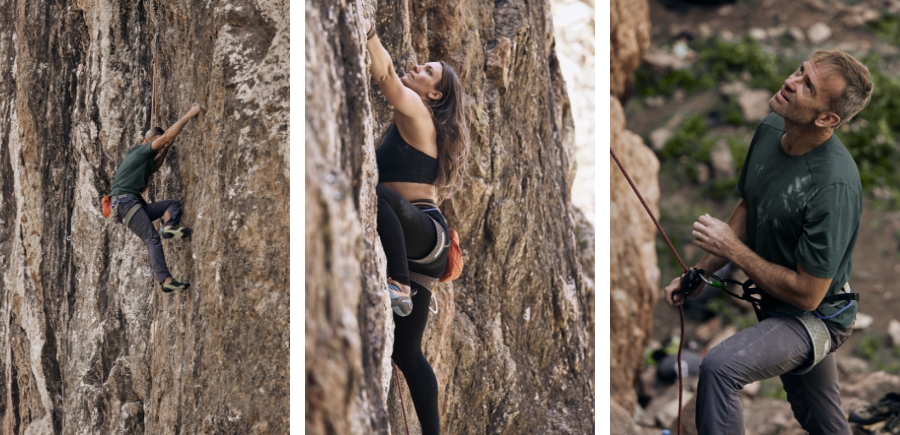
Midway up a meandering crack system, Paul stops to build an anchor. “On belay,” he shouts to Martine. She throws on her shoes and begins skyward, chalking up here and there, then pausing to look around. “It’s the beauty and the enchantment that keeps me climbing,” she says later. “The friendships.” Together among mountains, they climb up and out of sight.
Later, over beers, rise the stories of their climbs. Laughter is pulled through the valley. “There’s no better way to celebrate the festival of life than by being among friends in the mountains,” Paul says. Others come to the table and listen, friends who’ll be here when Paul returns.


